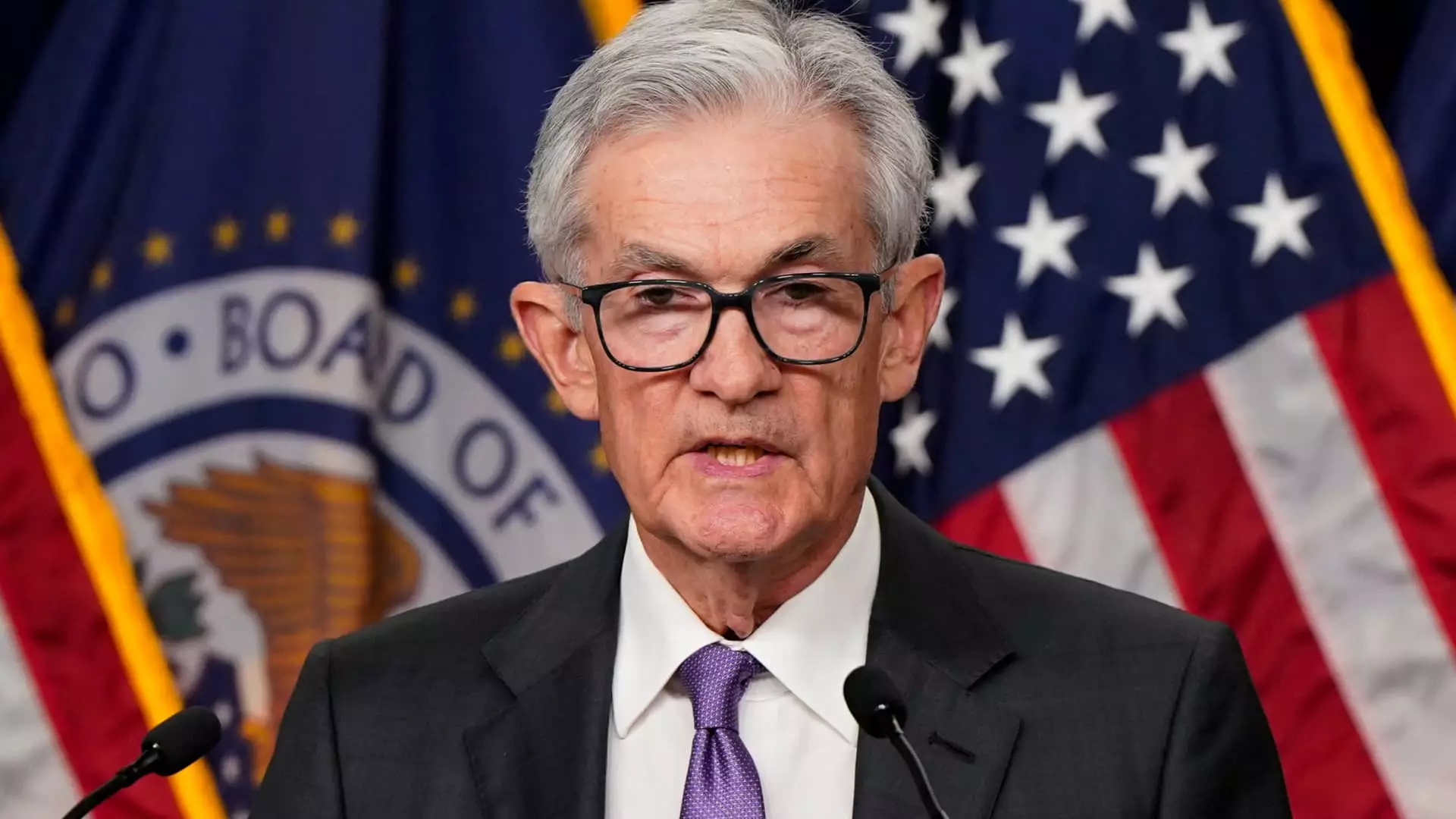The Federal Reserve’s decision to cut interest rates by half a percentage point marks a significant shift in its monetary policy strategy, igniting a widespread discussion about the implications this move holds for the U.S. economy. After a lengthy period of rate hikes starting in 2022, this latest action symbolizes a response to evolving economic indicators that suggest both inflation and labor market dynamics are shifting.
On a day that reverberated through financial markets, the Federal Open Market Committee (FOMC) convened to debate the trajectory of interest rates, culminating in a vote to lower the federal funds rate to a range of 4.75%-5%. Previously, the Fed’s commitment to combat inflation saw rates rise dramatically; thus, the change in course signals newfound optimism about the taming of inflationary pressures. The cut is the first of its kind since the emergency actions taken during the Covid-19 pandemic, with the last similar instance occurring during the tumultuous global financial crisis of 2008.
This 50 basis point cut was largely anticipated in the market, with economic analysts adjusting their expectations in the lead-up to the announcement. The Fed’s own projections indicate further cuts by the end of 2025, demonstrating a willingness to recalibrate to promote sustainable economic growth. However, it’s crucial to ponder whether this is a temporary relief strategy or part of a more profound adjustment in economic policy.
The Fed’s decision comes against a backdrop of mixed signals in the economy. While inflation, which had surged unpredictably over the last few years, is reportedly softening, the labor market is facing headwinds. Notably, employment gains appear modest, and the unemployment rate has crept upwards to 4.2%. Such a scenario is creating a precarious balance; the Fed’s dual mandate of achieving maximum employment while managing stable prices appears increasingly challenging.
Chair Jerome Powell articulated a nuanced approach, emphasizing the importance of achieving price stability without engendering severe unemployment spikes. This balancing act reflects the reality that although inflation has declined—currently sitting near 2.5%—the Fed remains cautious and vigilant. The potential fallout from a booming job market contrasted against rising inflation is a dilemma that necessitates consumer confidence and sustainable wage growth.
Market reactions to the Fed’s decision were immediate and volatile. Stock indices initially rose sharply before closing lower as investors digested the implications of the rate change. The Dow Jones Industrial Average saw fluctuations that indicated uncertainty surrounding the Fed’s future trajectory. Economic experts like Tom Porcelli from PGIM Fixed Income suggest that while the large cut is significant, it does not signal a consistent pathway of aggressive cuts moving forward. Instead, it allows the Fed some breathing room to navigate the economic landscape and recalibrate its strategies.
As Treasury yields exhibited upward trends, reflecting market reactions to the latest decision, it becomes clear that investors are weighing the potential long-term effects of these cuts. The larger picture reveals uncertainties that stem beyond U.S. borders, affecting international financial markets and the policies of central banks across the globe.
The critical question arises: is this rate cut a harbinger of a forthcoming economic downturn? Economic indicators suggest otherwise, as GDP growth remains a beacon of resilience, with current estimates of around 3% for the third quarter, powered by strong consumer spending. However, the FOMC’s updated projections on unemployment rates raise flags, indicating that the Fed’s leadership acknowledges the inherent risks within the current economic climate.
With other central banks worldwide—including the Bank of England and the European Central Bank—navigating similar waters of rate reductions, the interconnectedness of global economies cannot be overlooked. The dynamic nature of fiscal and monetary stimuli across continents means that the discussions surrounding America’s fiscal decisions will reverberate through international markets.
The Fed’s recent interest rate cut reflects a cautious yet necessary response to evolving economic data. The balancing of inflation control with labor market stability is no small feat, and as financial markets continue to adjust to this news, the trajectory of subsequent Fed decisions remains uncertain. Policymakers are walking a tightrope—hoping to spur growth without reigniting inflationary pressures. As we watch economists, analysts, and investors navigate this shifting landscape, one thing is clear; the Federal Reserve’s actions could define the economic narrative for years to come.

